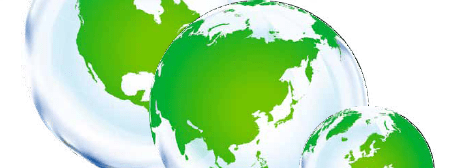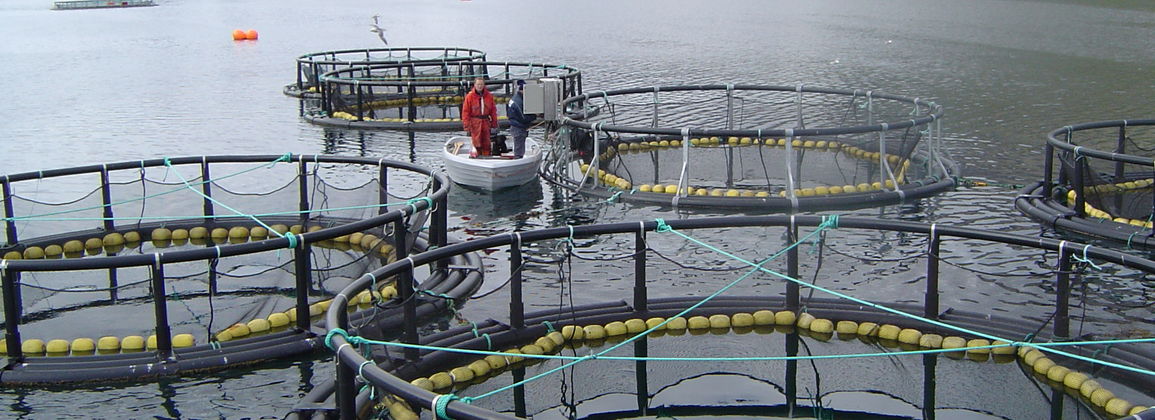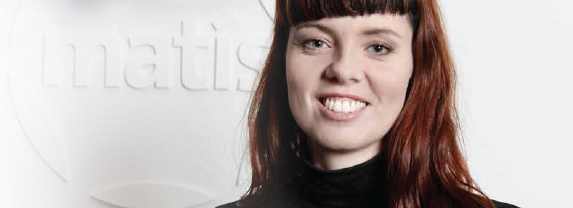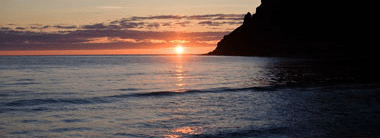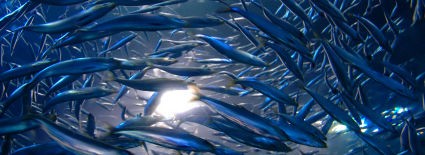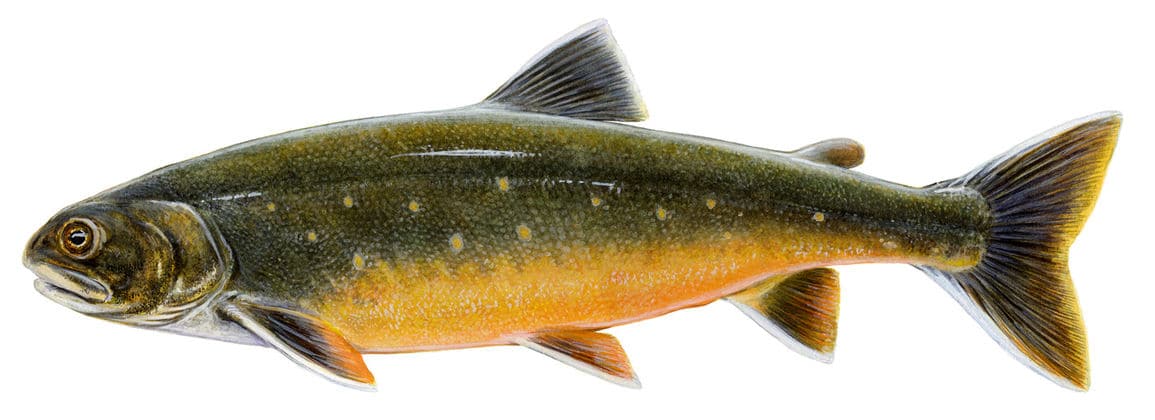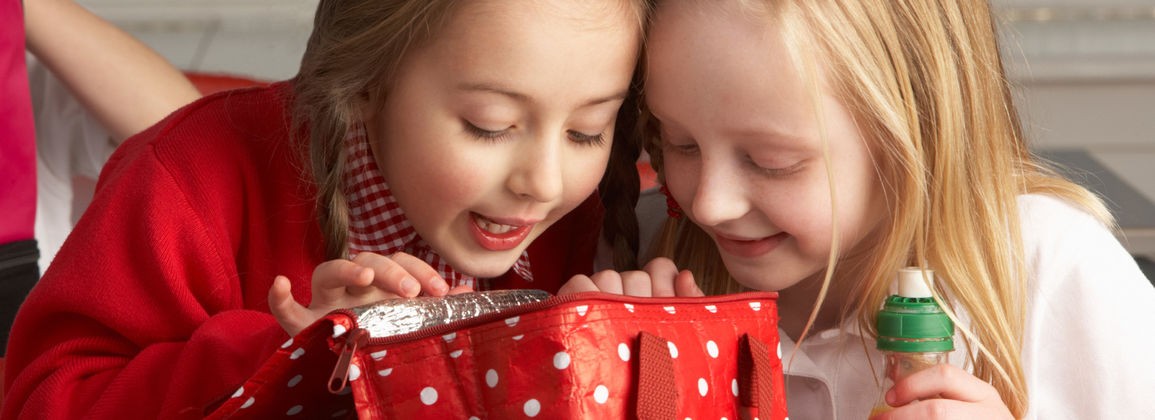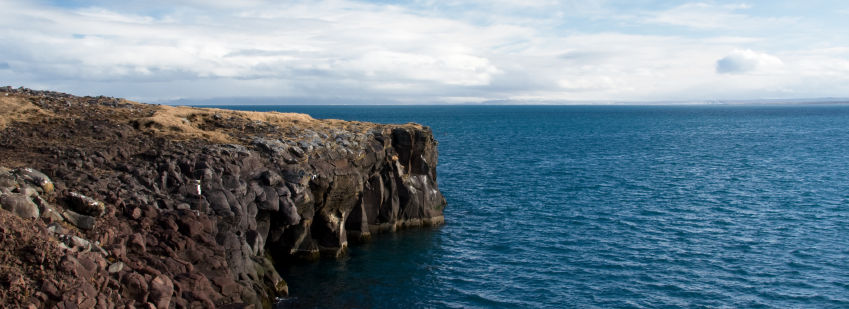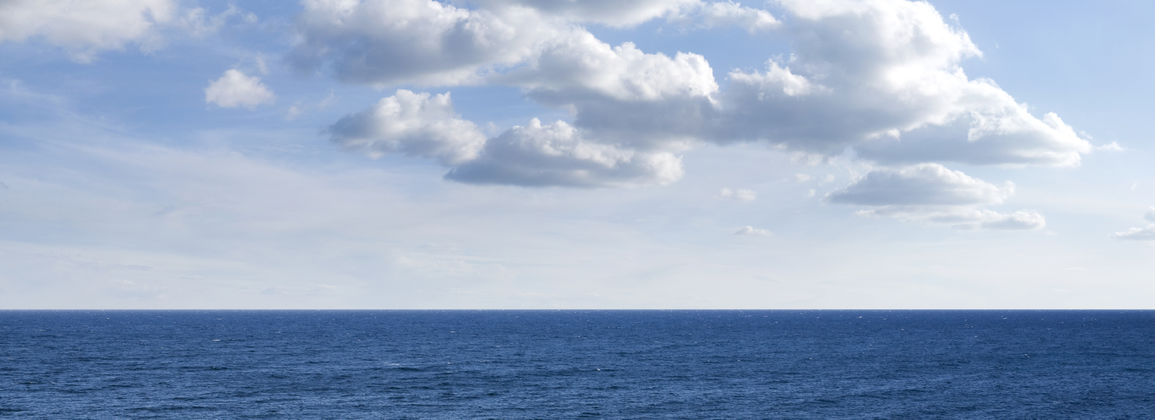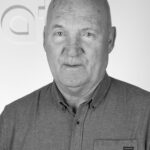International co-operation is an important part of Matís' daily work and it has never been more important than right now to co-operate with foreign parties.
The collaboration appears in various forms. One part of this is collaboration with foreign parties on research and science projects, in other cases it is a project where foreign parties buy research services from Matís but in Matís annual report for the year 2011 You can read about some well-chosen projects in which Matís participated with foreign parties in 2011. There is also a number of various co-operation platforms abroad, such as meetings and conferences, where Matís staff meet foreign professionals in their scientific disciplines. Recently, there are quite a number of foreign scholars and researchers and women working for Matís, often all year round. All of this results in direct benefits in the development of Matís, but no less in the increased knowledge of the employees.
In modern technology, it is becoming increasingly easier to participate in multinational scientific work, and Matís takes advantage of this. This includes opportunities for increased sales of research services and thus increased foreign income for the company, but at the same time strengthens the knowledge base on which Matís bases its services for domestic customers.
Benefit is thus a key word in foreign co-operation, whether looking at Matís as a company, its employees, customers or owners, ie. of the Icelandic state.
For further information Steinar B. Aðalbjörnsson, marketing director of Matís.

